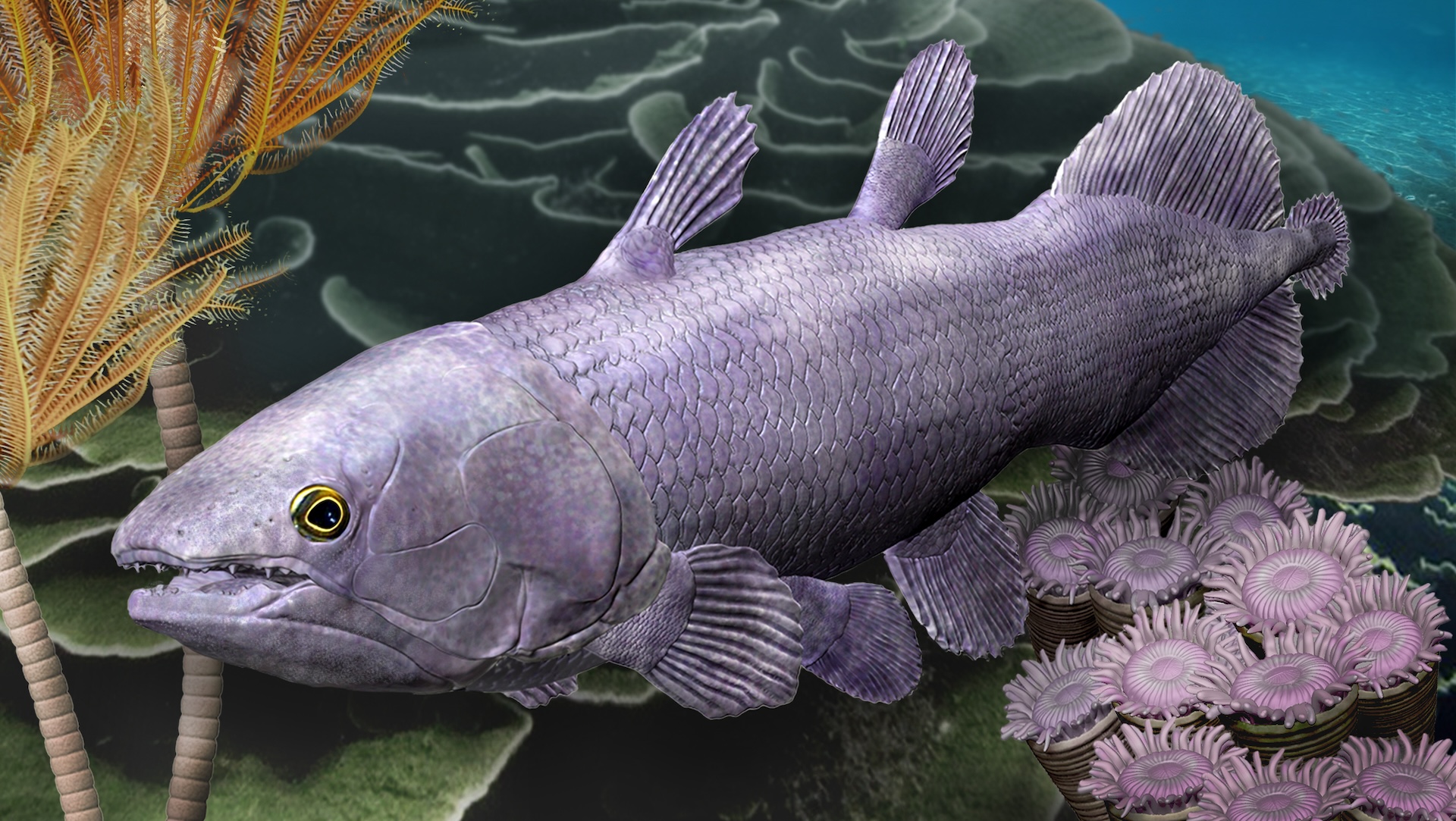Molecules, Vol. 28, Pages 4541: An In Silico Molecular Modelling-Based Prediction of Potential Keap1 Inhibitors from Hemidesmus indicus (L.) R.Br. against Oxidative-Stress-Induced Diseases
Molecules doi: 10.3390/molecules28114541
Authors: Senthilkumar Vellur Parasuraman Pavadai Ewa Babkiewicz Sureshbabu Ram Kumar Pandian Piotr Maszczyk Selvaraj Kunjiappan
The present study investigated the antioxidant potential of aqueous methanolic extracts of Hemidesmus indicus (L.) R.Br., followed by a pharmacoinformatics-based screening of novel Keap1 protein inhibitors. Initially, the antioxidant potential of this plant extract was assessed via antioxidant assays (DPPH, ABTS radical scavenging, and FRAP). Furthermore, 69 phytocompounds in total were derived from this plant using the IMPPAT database, and their three-dimensional structures were obtained from the PubChem database. The chosen 69 phytocompounds were docked against the Kelch–Neh2 complex protein (PDB entry ID: 2flu, resolution 1.50 Å) along with the standard drug (CPUY192018). H. indicus (L.) R.Br. extract (100 µg × mL−1) showed 85 ± 2.917%, 78.783 ± 0.24% of DPPH, ABTS radicals scavenging activity, and 161 ± 4 μg × mol (Fe (II)) g−1 ferric ion reducing power. The three top-scored hits, namely Hemidescine (−11.30 Kcal × mol−1), Beta-Amyrin (−10.00 Kcal × mol−1), and Quercetin (−9.80 Kcal × mol−1), were selected based on their binding affinities. MD simulation studies showed that all the protein–ligand complexes (Keap1–HEM, Keap1–BET, and Keap1–QUE) were highly stable during the entire simulation period, compared with the standard CPUY192018–Keap1 complex. Based on these findings, the three top-scored phytocompounds may be used as significant and safe Keap1 inhibitors, and could potentially be used for the treatment of oxidative-stress-induced health complications.

 1 year ago
35
1 year ago
35


